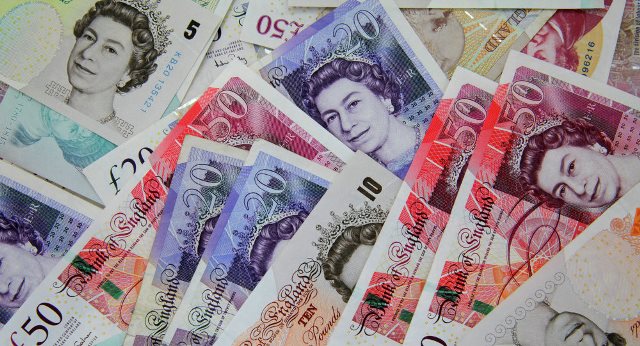Dollar weakness allowed the pound to briefly scale a one-month high on Tuesday, though the risk of no-deal Brexit stemming from the Conservative Party leadership contest kept the currency hemmed into a narrow trading range.
Sterling has been supported to some extent by last week’s Bank of England meeting which sounded less dovish than other central banks; the dollar has lapsed to three-month lows to the euro and five-month lows versus the yen after the Federal Reserve encouraged expectations of a July rate cut.
Against the euro too, sterling inched higher off the near-five-month lows hit in the previous session.
But many traders are increasingly concerned that the favourite to replace Prime Minister Theresa May – the eurosceptic Boris Johnson – will take Britain out of the European Union with no transitional trading agreements in place, a scenario many warn would hurt the economy
Johnson reiterated his stance, telling the BBC he was “serious” about leading Britain out of the EU on the Oct. 31 deadline without a deal if the bloc refused his demands to negotiate a new exit agreement.
Sarah Hewin, chief Europe economist at Standard Chartered, said that while no-deal still was not the main scenario for markets, “having a front-runner who has clearly stated no-deal is an option, is a concern”.
“The market has become more alert to no-deal risk. If we go back a few months that risk had been almost eliminated but it has re-emerged,” Hewin added.
By 1000 GMT, the pound was up 0.10% at $1.2755, coming off a one-month high of $1.2784 while against the euro, it was 0.3% higher at 89.21 pence
The new Conservative party leader will be elected by the end of July, leaving only a few months for them to try to renegotiate a Brexit withdrawal agreement.
These concerns have prevented sterling from fully benefiting from the dovish stance of central banks almost everywhere else in the developed world.
Scotiabank analysts saw sterling capped “in the upper $1.27s” against the dollar, predicting it to lag a broader dollar decline.
CFTC data at the end of last week showed that speculative investors such as hedge funds had cut “net sterling shorts” by $563 million, but remained heavily short the pound.
Sterling implied volatility remains low, though one-month vol picked up to two-week highs at 6.6 vols.
Six-month vol, encompassing the Oct. 31 period, is also at two-week highs though it has risen sharply since mid-April when it fell below 7 to touch the lowest levels in over a year.
Source: Reuters














